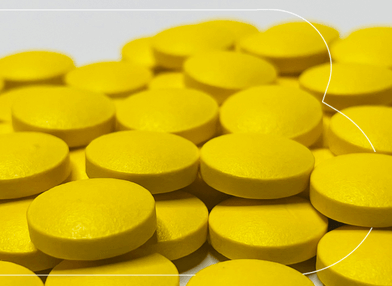Menopause is a natural process that all women experience during their lives. The body goes through many physical changes, due to hormone fluctuations, which are commonly considered the main cause for hair loss in menopausal women.
In fact, during menopause the levels of estrogen and progesterone fall, while androgen hormones increase. As a result, depending on one’s genetic susceptibility, follicles produce progressively weaker and thinner hair and, sometimes, none at all.
Other factors that may contribute to hair loss during menopause include: genetic susceptibility, high levels of stress, other hormonal imbalances – for example thyroid - nutritional deficiencies, or some medications.

Among the different types of hair loss in women[i], androgenetic alopecia/ female pattern hair loss (FPHL) is the most common. It consists of a progressive thinning of hair on the top and on the sides of head, affecting about one-third of susceptible women, often getting worse when estrogen levels decrease during menopause.[ii]
Hair loss is often considered only a cosmetic problem, but it can also have psychological effects on women, including loss of self-esteem, stress, anxiety. In this respect there are various types of products which may reinforce hair, thus contributing to its growth. For example, medical lotions, food supplements and cosmetic products, rich in ingredients, such as Cystine, that have demonstrated their efficacy profile in preserving hair health.
Laboratoires Bailleul, a leader in the field of hair loss treatments, has developed a complete range of dermatological treatments, cosmetic products and food supplements. These specific treatments enhanced by innovative active ingredients for hair health help menopausal women to address and prevent hair loss.
[i] Cleveland Clinic, Hair Loss in Women. Available at the link: https://my.clevelandclinic.org/health/diseases/16921 -hair-loss-in-women
[ii] Fabbroncini G. et al., Female pattern hair loss: A clinical, pathophysiologic, and therapeutic review. Int J Womens Dermatol. 2018 Dec; 4(4): 203–211.





